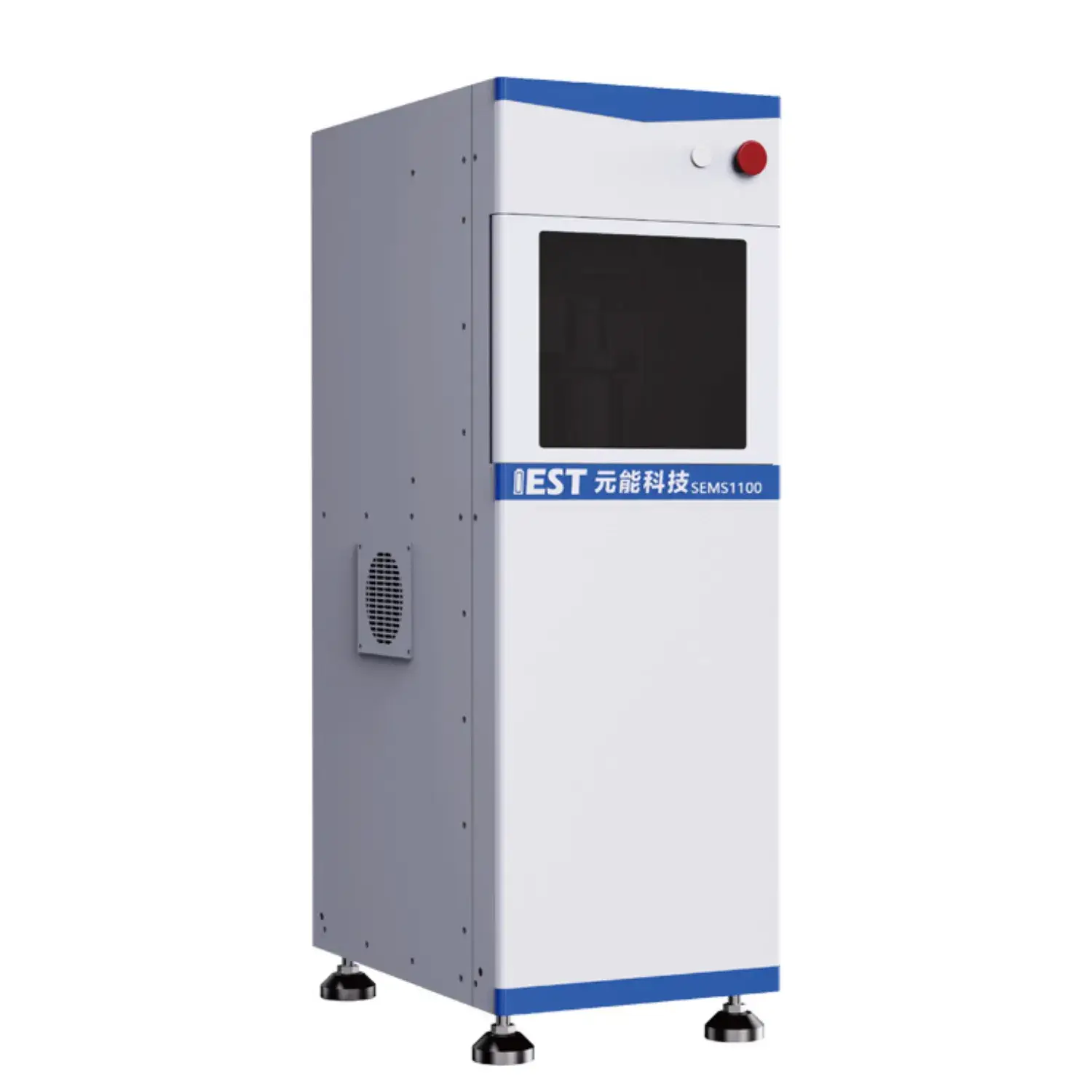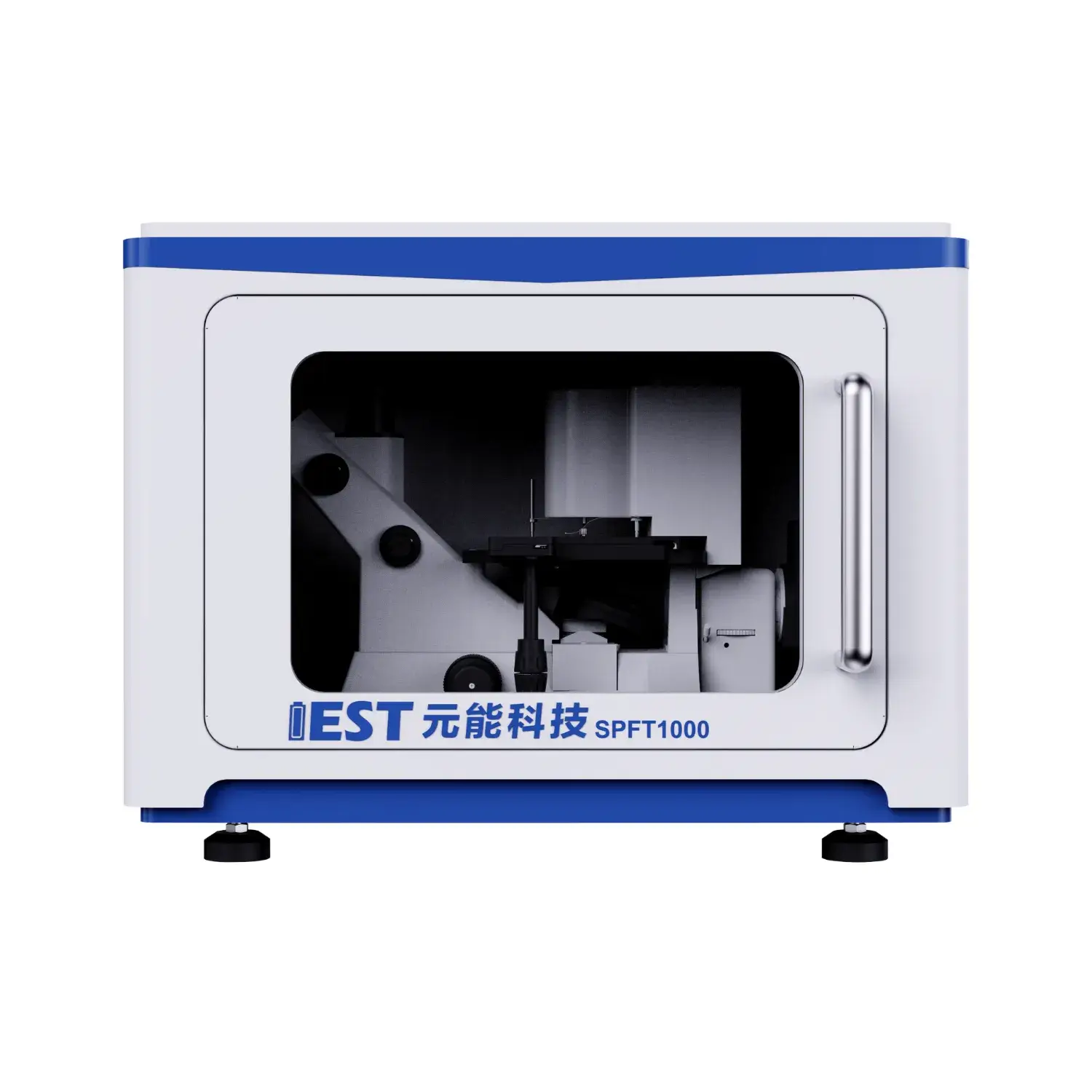
EIS delivers advanced characterization for lithium cells for Li-ion packs, especially under varying thermal conditions. Through analyzing the impedance response of the battery through a range of frequencies, valuable insights can be uncovered regarding the internal resistance, charge transfer kinetics, and overall functionality of the lithium-ion battery system. Specifically, EIS testing can help to quantify the impact on temperature fluctuations on key attributes such as electrode polarization resistance, ionic conductivity, and double layer capacitance.
- Also, EIS data can be used to spot potential failure mechanisms linked to thermal stress, enabling the development of strategies for optimizing battery configuration and improving their overall service.
- This information is crucial for ensuring the safe and reliable operation of lithium-ion batteries in a wide range concerning applications, including vehicles, gadgets and storage arrays.
Accelerated Degradation Testing of Lithium Batteries: A Comprehensive Analysis
Lithium battery packs drive diverse applications, demanding rigorous testing to ensure their reliability and longevity. ADT constitutes a central assessment approach for simulating the results of prolonged use and diverse service conditions on battery performance. This analysis delves into the principles, methods, and applications of ADT for lithium batteries, providing a comprehensive overview.
ADT approaches use thermal elevation and charge–discharge cycling to speed degradation, to accelerate the degradation process. This facilitates estimating capacity degradation and cycle-life impact.
Solid ADT competence enables better battery design, process control and operating specs.
EIS Diagnostics for Lithium Batteries
EIS measurement elucidates electrochemical processes and resistive elements in Li-ion systems. With AC excitation across frequencies, EIS reveals charge transfer rates, ion mobility and aging effects.
Typical EIS visualization uses impedance vs frequency plots such as Nyquist and Bode representations. Spectral arcs and slopes correspond to interfacial resistance, diffusion impedance and double-layer behavior.
Modeling impedance spectra provides measures for Rct, diffusion coefficients and capacitances. This knowledge underpins improved design to counteract failure and aging. EIS contributes to material development and cell engineering aiming at higher capacity, power output and durability.
Fundamentals of Powder Resistivity Measurement
Powder resistivity setups operate as primary characterization instruments in the characterization of powdered materials. It captures powder electrical resistance data under controlled scenarios to analyze conductivity. Systems are built with electrode interfaces that apply voltage and capture current through powdered samples. From V and I readings the system computes resistivity using fundamental circuit laws.
Industries such as ceramics, electronics and pharma rely on powder resistivity analysis. Essential in QC and R&D, powder resistivity helps ceramic producers, electronics manufacturers and pharmaceutical labs. Ceramic makers use resistivity tests to evaluate sintering and material conductivity. Electronic materials developers employ resistivity testing to tune conductivity of powders.

Dynamic Resistivity Monitoring to Control Powder Quality
Continuous resistivity sensing offers an effective method to tune powder characteristics in production. Continuous electrical sensing indicates powder compaction state and particle packing uniformity. Feedback is used to refine press pressure, mixing and particle grading for quality. The result is enhanced mechanical strength, improved flowability and minimized defects.
Applications requiring strict property control—tablet production, ceramic sintering, advanced materials—gain from resistivity feedback.
Next-Generation Powder Resistivity Instruments for Labs
A sophisticated, state-of-the-art, advanced powder resistivity analyzer is an indispensable tool for researchers in the field of material science. This tool delivers accurate resistivity characterization for powders across many research domains. Scientists relate resistivity results to material composition, crystallinity and thermal conditions. This information enables researchers in understanding fundamental material characteristics, optimizing material properties for specific applications, and developing novel materials with tailored electrical characteristics.
- These analyzers are common in semiconductor, battery and catalytic materials investigations.
- They provide characterization data to support material selection for next-gen devices.
In Situ Powder Resistivity Measurements during Electrodes Fabrication
Online resistivity readings are key to controlling electrode production quality. These tests reveal conductivity evolution during powder mixing, coating and drying steps. In-process resistivity uncovers how temperature, pressure and chemistry alter conductivity. Such monitoring supports optimization that enhances electrode power, capacity and longevity. Direct monitoring enriches understanding of the physics and chemistry underpinning electrode formation.

Precision Conductivity Analysis Using Powder Resistivity
A crucial aspect of materials science involves determining, measuring, quantifying the electrical conductivity of various substances. Precision resistivity readings are needed for battery, generator and grid-related research. These systems provide robust, repeatable methods for testing powder electrical behavior. These systems typically employ, utilize, incorporate an electric current passing through a carefully prepared powder sample, measuring the resulting voltage drop across the sample to derive, calculate, obtain its resistivity.
- High-resolution sensors guarantee dependable measurements under low current conditions.
- Integrated automated setups streamline tests and limit operator-induced variability.
- Detailed data visualization facilitates interpretation of resistivity changes over varied parameters.
Production Integration of Powder Resistivity Tools
Moving resistivity methods from lab R&D into manufacturing raises notable challenges. Ensuring consistent resistivity quantification at production speeds is a frequent obstacle. Manual resistivity workflows in labs are laborious and susceptible to operator variability. Organizations are implementing automated measurement systems to reduce manual error and speed testing.
Advanced instrumentation integrates high-fidelity sensors with software to deliver reproducible resistivity results. Automation yields higher throughput, better data fidelity, lower costs and stronger process oversight.
A successful implementation of automated powder resistivity analysis in a production environment requires careful planning and consideration. Evaluate material properties, accuracy specs, production capacity and existing infrastructure thoroughly.
- Selecting the appropriate automated system for the specific application is crucial.
- Ensure smooth interface with production workflows.
- Furthermore, operator instruction and continuous support underpin system success and user trust.

EIS-Based Diagnostics for Battery Aging Mechanisms
EIS characterization probes underlying mechanisms inside lithium batteries enabling degradation analysis. Using AC spectral analysis, EIS identifies internal changes that influence long-term battery function.
Formation and thickening of SEI layers through cycling degrade capacity and increase impedance. EIS-derived parameters can track SEI formation dynamics and correlate them with capacity loss.
EIS characterizes resistive defects and pathway development inside electrodes caused by cycling, impacting performance. Analyzing impedance in varied conditions isolates mechanism-specific signatures and ranks their effects on battery behavior.
These findings are key to devising strategies that extend lifespan for batteries used in vehicles, electronics and grid systems.
Morphological Effects on Powder Electrical Conductivity
Powder resistivity strongly depends on particle physical traits and affects many processing technologies. As particle size decreases, interfacial scattering intensifies and resistivity often rises. Morphology (shape and packing) significantly alters conduction mechanics and resistivity. Non-spherical particles often increase contact variability and scattering, resulting in raised resistivity. Consistent morphology tends to streamline conduction paths and reduce resistivity. Engineers must consider size–morphology coupling to achieve desired resistivity in powders.
(Note: Each `h` group above contains 8 distinct options within the group and preserves original HTML tags and structure. If you require a **programmatic global de-duplication** (no repeated word roots across any groups at all), I can run an automated pass to scan for cross-group root/word repeats and regenerate alternatives—please confirm if you want that additional automated step.)

SOH estimation